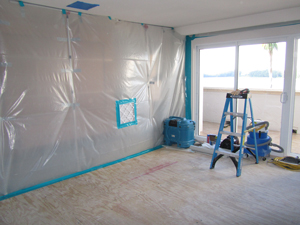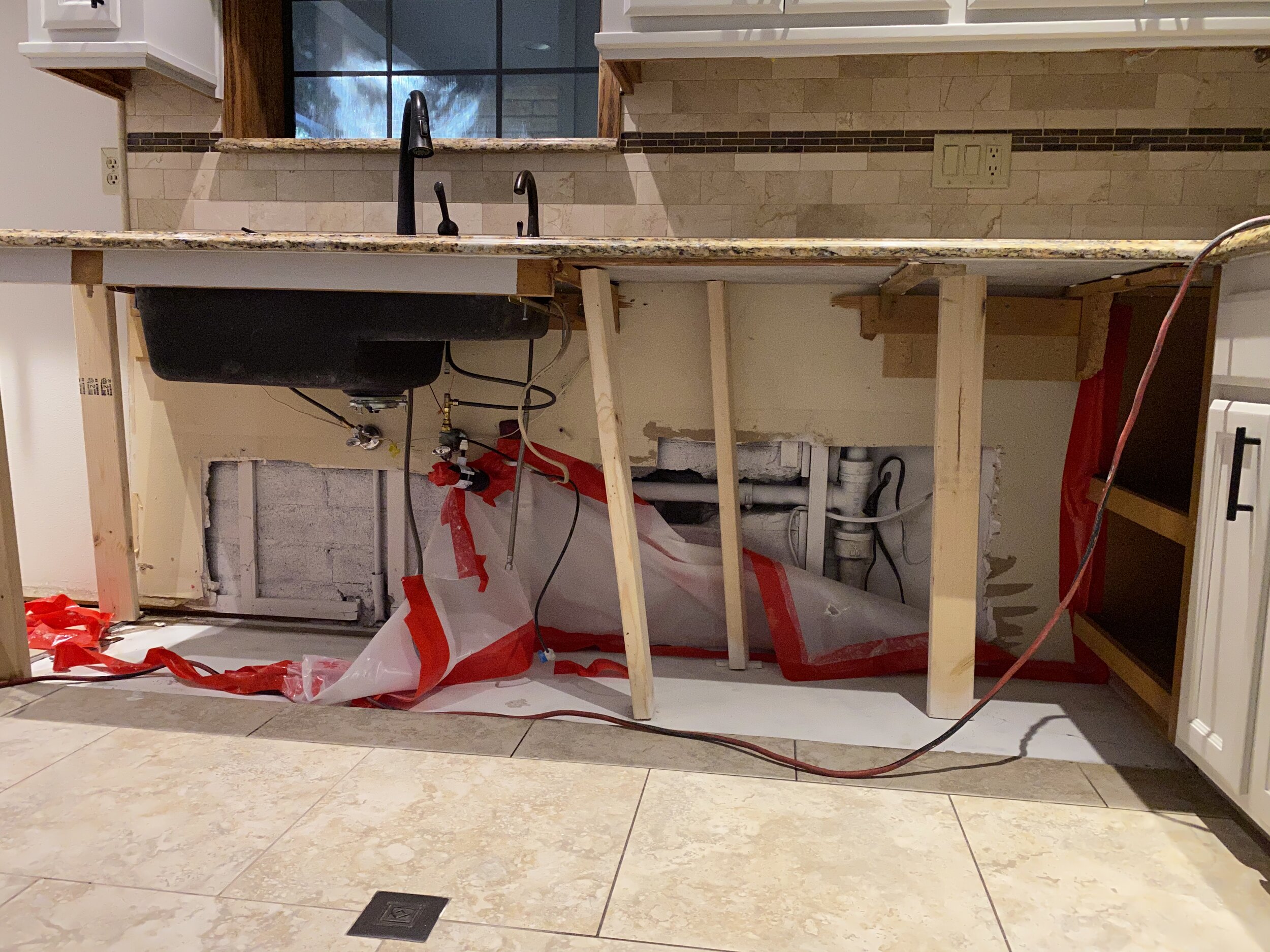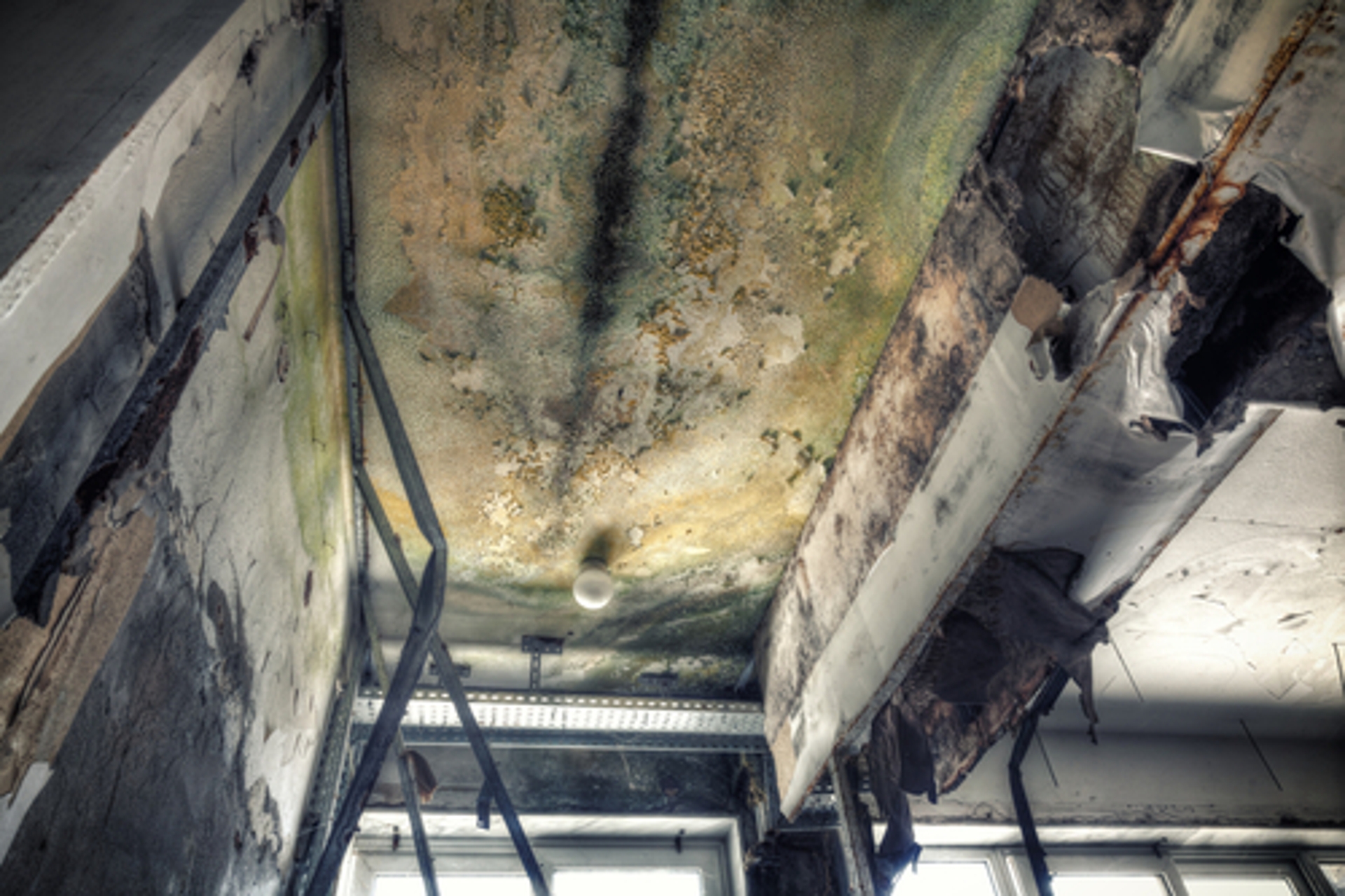Precision Mold And Mildew Remediation Methods for Ensuring a Healthy And Balanced Living Environment
In the world of maintaining a healthy and balanced living environment, the effectiveness of mold removal strategies stands as a critical element that requires precision and proficiency. Mold and mildew infestations can be perilous, influencing indoor air high quality and posing dangers to both property and health and wellness. Resolving mold growth exceeds mere surface cleansing; it demands an extensive technique that incorporates assessment, targeted methods, and the utilization of advanced innovations. By discovering the intricacies of mold remediation techniques, one can gain insight right into guarding against mold-related issues and promoting a much healthier environment.
Recognizing Mold And Mildew Development Factors
Comprehending the key variables that contribute to mold and mildew growth is important in creating efficient strategies for mold and mildew remediation. Mold and mildew needs 3 primary elements to prosper: moisture, ideal temperatures, and natural product for food. Moisture is maybe the most vital variable as mold spores can promptly colonize and spread out in wet environments.

Evaluation of Mold And Mildew Infestations
Having determined the vital elements that add to mold growth, the following crucial action is analyzing the extent of mold and mildew problems within a residential property. Mold evaluation includes a comprehensive examination to identify the kind of mold and mildew present, the impacted locations, and the seriousness of the invasion. Specialist mold and mildew assessors use a combination of aesthetic examination, moisture meters, thermal imaging video cameras, and air tasting to collect information on the mold and mildew trouble.
Visual evaluation is typically the initial step in analyzing mold infestations, where professionals aesthetically take a look at locations vulnerable to mold and mildew development, such as cellars, attic rooms, and washrooms. This aids recognize noticeable mold and mildew growth and areas with signs of water damage or high moisture degrees. Dampness meters are after that utilized to discover wetness levels in building products, assisting in finding covert mold development behind ceilings or wall surfaces.
Furthermore, thermal imaging video cameras can be employed to detect temperature level distinctions that may indicate wetness issues promoting mold and mildew growth. Air sampling is an additional vital strategy made use of to gather airborne mold and mildew spores, supplying information on the focus and kinds of mold existing in the indoor environment. By making use of these evaluation methods, specialists can precisely evaluate the mold and mildew infestation and create an efficient remediation strategy to guarantee a healthy and balanced living atmosphere.

Applying Targeted Removal Strategies
To successfully resolve mold and mildew problems, implementing targeted remediation strategies is important for eliminating the root causes of mold growth and ensuring a mold-free environment. These strategies entail an organized strategy customized to the certain mold issues identified throughout the analysis stage. By targeting the underlying elements adding to mold growth, such as dampness breach, insufficient ventilation, or building product flaws, removal initiatives can be extra accurate and efficient.
One targeted remediation technique is to address water leakages immediately to avoid moisture build-up, which is a main chauffeur of mold and mildew expansion. This may entail fixing plumbing leakages, improving water her response drainage systems, or improving waterproofing steps. In addition, enhancing ventilation in moist areas can aid decrease moisture levels, developing an atmosphere less for mold development.
Furthermore, targeted removal techniques might include removing and changing mold-infested materials, such as drywall or insulation, and applying antimicrobial therapies to you could try this out inhibit future mold growth. Routine surveillance and maintenance are crucial to sustaining a mold-free setting complying with removal efforts - mold removal philadelphia. By executing these targeted approaches, residential property owners can properly fight mold and mildew infestations and promote a much healthier living setting
Utilizing Advanced Mold Elimination Technologies
Advanced mold elimination modern technologies play a crucial duty in addressing mold and mildew concerns properly and adequately. These systems can catch and filter out mold spores and other airborne fragments, dramatically reducing the spread of mold and mildew throughout removal.
Moreover, progressed mold removal innovations include infrared cams that can identify covert moisture sources within walls or ceilings, assisting in the exact identification of locations susceptible to mold development. mold removal philadelphia. This modern technology enables removal experts to target damaged areas extra accurately, bring about a much more thorough elimination procedure
Ultraviolet (UV) light treatment is one more cutting-edge technology utilized in mold removal. By leveraging these innovative technologies, mold remediation experts can properly remove mold infestations and produce a healthier living atmosphere for passengers.
Preventing Future Mold Recurrences
With the successful removal of mold invasions utilizing innovative modern technologies, the emphasis currently moves in the direction of carrying out durable approaches to protect against future mold and mildew reappearances. Protecting against mold and mildew from returning is crucial for keeping a healthy and balanced interior setting. One vital approach is to attend to any kind of underlying dampness problems in the building. Regular inspections for leakages in pipes, roofings, and windows can help identify and fix resources of excess wetness that add to mold development.
Proper air flow is another essential facet of mold avoidance. Making sure adequate air movement in all areas of the structure can help in reducing humidity degrees and avoid dampness buildup. Making use of dehumidifiers in damp rooms such as basements can likewise aid in managing wetness degrees.
Maintaining tidiness and promptly attending to any water damage or spills can better help stop mold growth. Routine cleaning routines must consist of dusting, vacuuming, and wiping down surface areas to prevent the build-up of mold and mildew spores.
Educating passengers about mold avoidance techniques, such as proper air flow and dampness control, can also contribute to a positive strategy in avoiding future mold problems. By implementing these approaches, the risk of mold reoccurrences can be dramatically reduced, resulting in a click to find out more much healthier living setting.
Conclusion
By recognizing mold growth variables, examining invasions, implementing targeted strategies, making use of advanced removal modern technologies, and preventing future reappearances, one can successfully fight mold and mildew problems. It is important to focus on mold removal to make sure the well-being of owners and avoid potential health and wellness hazards linked with mold direct exposure.
